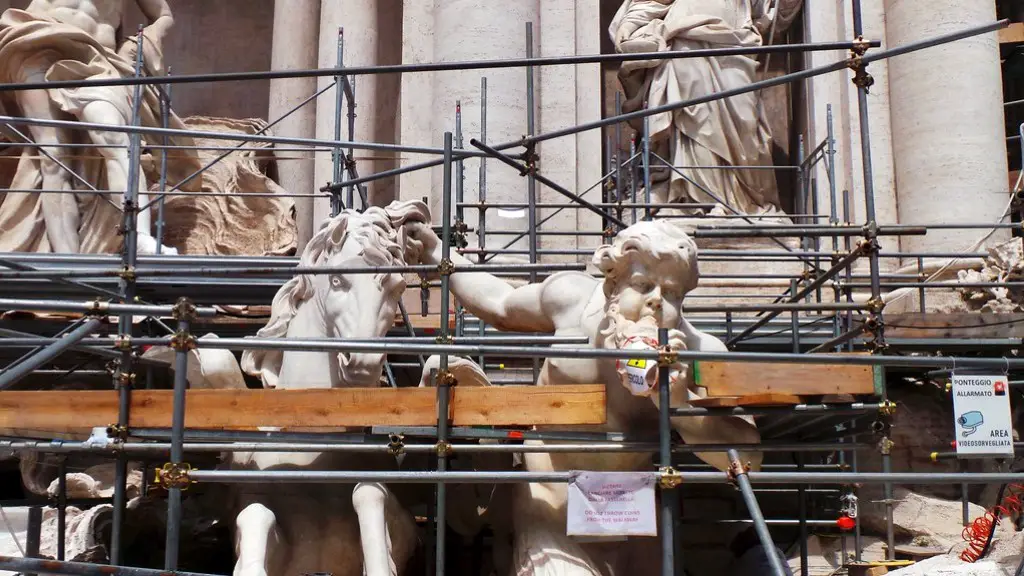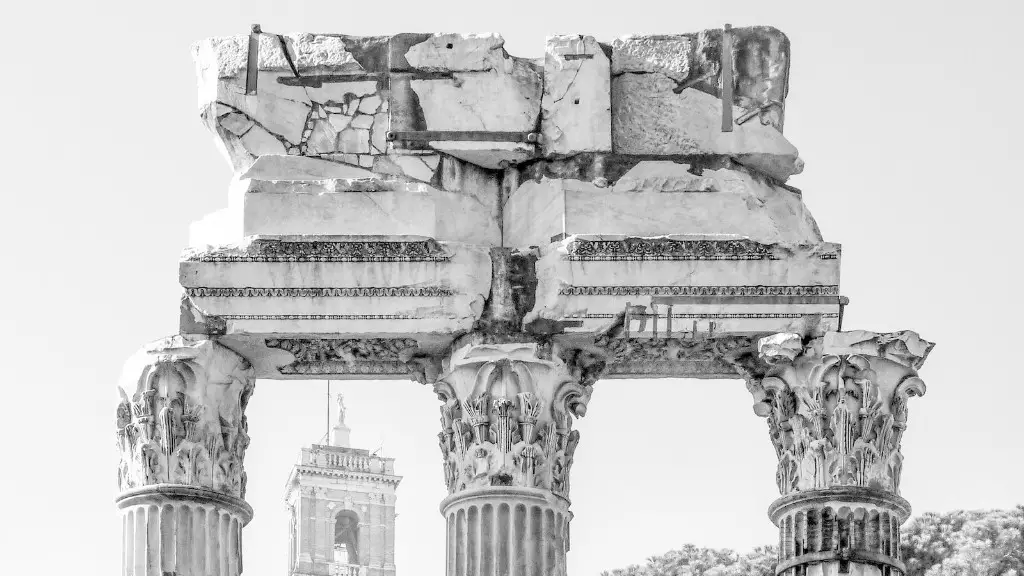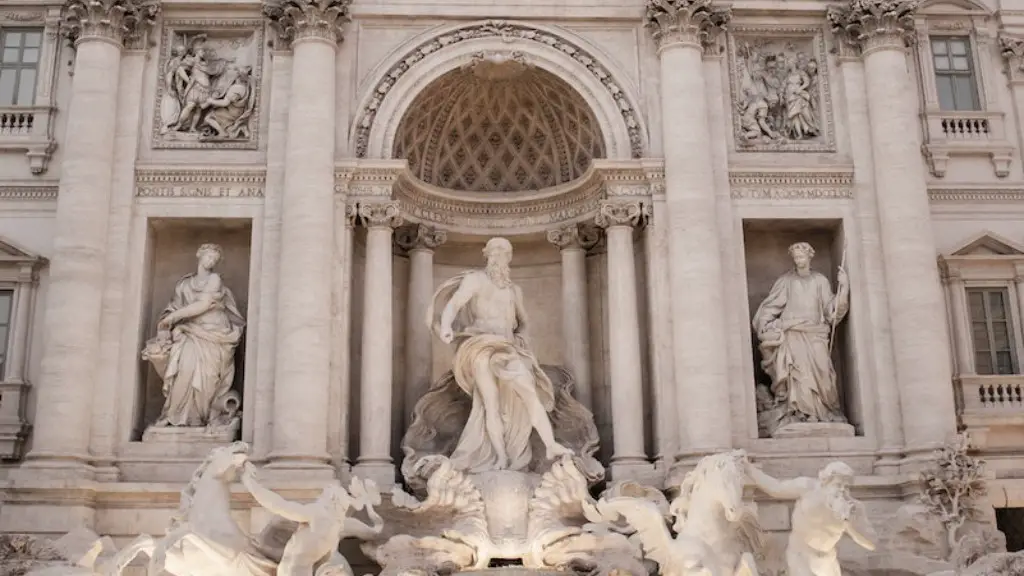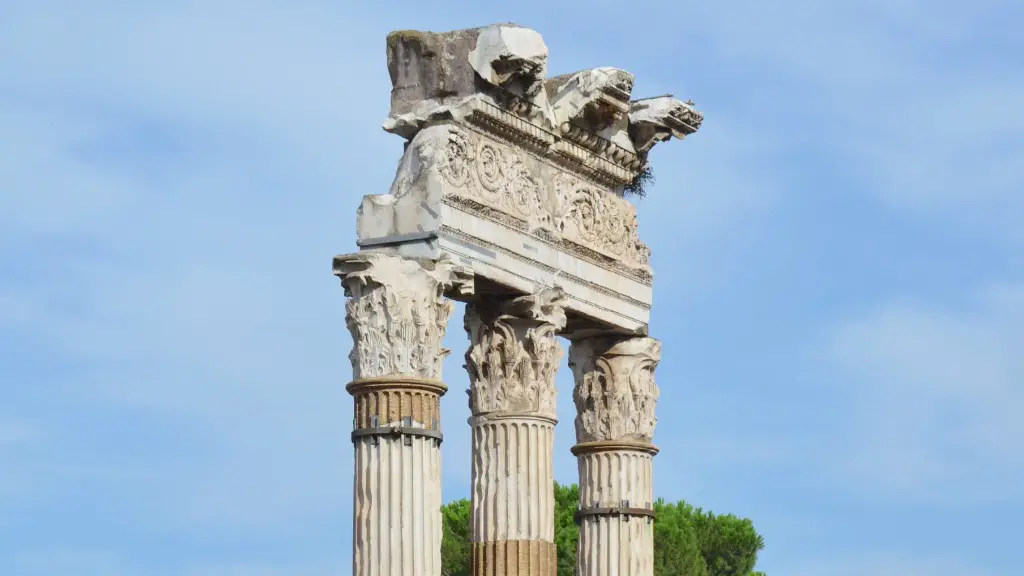Education System in Ancient Rome
Ancient Rome was an excellent example of a highly centralized Roman state. In the first centuries of the Roman Republic, Roman boys were educated mainly in the schools of their fathers, which allowed them to inherit some of the knowledge, skills, and values of the ancestors. However, the development of the Roman society itself and the increasing importance of state institutions led to radical changes in the educational system of the time. By the time of the fall of the Roman Empire, the education of children in Rome had become an integral part of the Roman way of life.
In ancient Rome, the traditional Roman system of education was based on the principle of apprenticeship: a student was taught by an experienced teacher who was usually a senior relative, such as a father, an uncle, or a grandfather. The student was expected to copy the teacher’s methods and learn by imitation. Although the apprenticeship system was important for all children, the more privileged classes enjoyed more educational opportunities than their poorer counterparts.
As the Roman Empire grew in power, the state recognized the need for a more comprehensive education system. As a result, schools were established in Rome to teach a wide range of subjects, including rhetoric, Latin, history, geography, mathematics, science, and art. In addition to these core subjects, students were also taught the basic skills needed for those professions of the society, such as the military, law, and trade. Roman schools were divided into two distinct categories: those for the children of the upper classes and those for the children of the lower classes. The upper classes had access to more prestigious schools, while the lower classes had access to less prestigious schools.
When it comes to determining when children stopped going to school in ancient Rome, it is difficult to pinpoint an exact date. Most historians agree that the decline of the Roman Empire had a profound impact on the school system. As the Roman society disintegrated, the need for schools decreased, and many of the schools that remained in operation were eventually closed. By the 5th century AD, it is thought that the schools had been almost completely abandoned, and that children did not continue with their education any longer.
Despite the decline of the school system, the importance of education in Rome was still respected. Even though children may have stopped attending school, they still received a basic education at home. Parents taught their children basic skills such as reading, writing, and mathematics, as well as the values and beliefs of the Roman Empire. Of course, the most privileged classes had access to private tutors and were able to attend more advanced schools, thus widening the disparities between the classes.
In conclusion, it is difficult to pinpoint an exact date when children stopped going to school in ancient Rome. It is thought that the decline of the Roman Empire had a direct impact on the school system, and that by the 5th century AD, the schools had been almost completely abandoned. Despite this, the importance of education in Rome was still respected, and even those who could not attend schools received a basic education at home.
Cultural Influences of Ancient Roman Education
The Roman education system was heavily influenced by the Greco-Roman cultural norms and principles that prevailed in Ancient Rome. It was heavily influenced by the principles of the Roman religion and its values, as well as by the Roman family structure and its teachings. These norms and values can be seen in the way Roman children were taught to think, behave, and even dress.
The Roman education system was focused on the development of character, rather than academic achievement. This meant that children were taught the values of courage and honor, rather than simply learning facts. Roman children were also taught the importance of family, either through direct instruction or through observing the behavior of their parents and elders. In addition to learning the core values of the Roman Empire, children were also instilled with civic values and religious values.
The Roman education system was heavily focused on literature and the written word, with students being taught the classical works of writers such as Virgil and Cicero. In many cases, students were even taught the literature of their own citizens. This meant that Roman children not only learned the values of the Roman Empire, but also the rich history and culture of their own people.
Another important aim of the Roman education system was to develop a sense of public speaking and oratory. Students were encouraged to engage in public debate and rhetoric, both inside and outside of the classroom, in order to develop their ability to express themselves. In contrast to the modern education system, students were not as concerned with learning facts, but rather with developing their character.
In conclusion, the Roman education system was heavily influenced by the Greco-Roman cultural norms and principles that prevailed in Ancient Rome. The education system was focused on developing character rather than academic achievement, which is why Roman children were taught the core values of the Roman Empire, as well as the literature and culture of their own people. Additionally, students were encouraged to engage in public debate and rhetoric, in order to develop their character.
Teaching Methods in Ancient Roman Schools
The Roman education system made use of a number of different teaching methods, the most common of which was rote learning. A teacher would present the students with a text to memorize, and the students would then be tested on their ability to recite the text accurately. This method of learning was heavily relied upon in Roman schools, and students were expected to memorize large amounts of text in order to succeed.
In addition to rote learning, teachers also made use of questioning techniques to encourage students to think critically about the material they were learning. Students were asked questions relating to the material they had learned, while teachers used dialogue between the student and the teacher to facilitate student understanding. This method of teaching was designed to encourage the student to think deeply about the material and make connections between different ideas.
Roman teachers also made use of demonstrations, using visual cues to help explain abstract concepts. Other teaching methods included the Socratic method, which involved asking provocative questions to help the student come to their own conclusion about the material, and the inductive method, which used practical examples to help the student understand the material.
In conclusion, the Roman education system utilized a number of different teaching methods, such as rote learning, questioning techniques, demonstrations, and the Socratic and inductive methods. These methods were designed to facilitate the understanding of the material and to help the student think deeply about the material they were learning.
Relevance of Ancient Roman Education Today
The Roman education system still has relevance today, even though the Roman Empire is long gone. Many of the values, principles, and teachings of Ancient Roman education are still relevant to modern education. For example, the importance of instilling character in children is still of great importance today, and teachers are still expected to teach the core values of their society to their students.
In addition, the Roman education system still has an influence on certain aspects of modern education. The emphasis on learning facts and memorizing large amounts of text is still prevalent in many classrooms today. The methods of teaching and questioning used in the Roman education system are also still used, as they have been found to be effective in helping students understand the material.
The Roman education system also had the goal of developing citizens that were knowledgeable in the core values and beliefs of the society. This principle of creating knowledgeable citizens is at the heart of modern education, as it is essential for modern society to have members of the public that are well informed about their society and its values.
Finally, the Roman education system also focused heavily on the development of public speaking and oratory. Although it may not be as prominent in modern classrooms, the importance of developing these skills is still relevant today. Public speaking is an important part of many professions, and teaching students how to effectively create and deliver speeches is essential for their success.
In conclusion, the Roman education system still has relevance today. It is still influencing certain aspects of modern education, such as the importance of instilling character in students and the emphasis on learning facts and memorization. Additionally, the importance of creating knowledgeable citizens as well as the development of oratory skills are just as relevant in modern education as they were in the Roman education system.
Implementation of Ancient Roman Education Today
Despite the relevance of the Roman education system today, it is difficult to implement a system of education that is similar to the Roman education system. The Roman education system was heavily embedded in the values, principles, and culture of the Roman Empire, and it would be difficult to replicate this in a modern context.
That being said, there are still some aspects of the Roman education system that can be incorporated into modern education. The emphasis on developing character is one such aspect. Rather than simply teaching facts, teachers today can focus on instilling core values and beliefs in their students. Additionally, the emphasis on literature and literature-based discussions can be incorporated into modern education.
The Roman education system also emphasized public speaking, which can still be incorporated into modern education. Teachers can introduce speeches to their classes, and have their students practice delivering speeches in public. These speeches can be based on a variety of topics, helping develop students’ public speaking skills.
In conclusion, despite the difficulty of implementing an education system that has similarities to the Roman education system, there are still aspects of the Roman education system that can be incorporated into modern education. These include the emphasis on developing character, reliance on literature, and the development of public speaking skills.
Conclusion
The Roman education system was heavily influenced by the Greco-Roman cultural norms and principles that prevailed in Ancient Rome. It was heavily focused on the development of character, rather than on academic achievement, with the aim of creating citizens that were knowledgeable about the core values and beliefs of the society. The Roman education system also made use of different teaching methods, such as rote learning, questioning techniques, demonstrations, and the inductive and Socratic methods. The Roman education system still has relevance today, and although it may not be possible to replicate it in a modern context, there are still certain aspects that can be incorporated into modern education.





